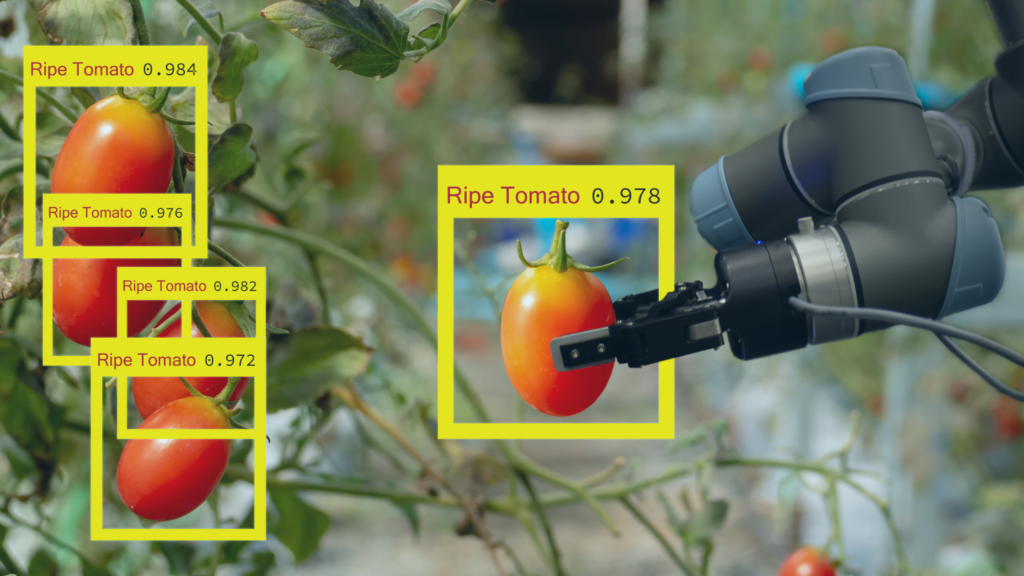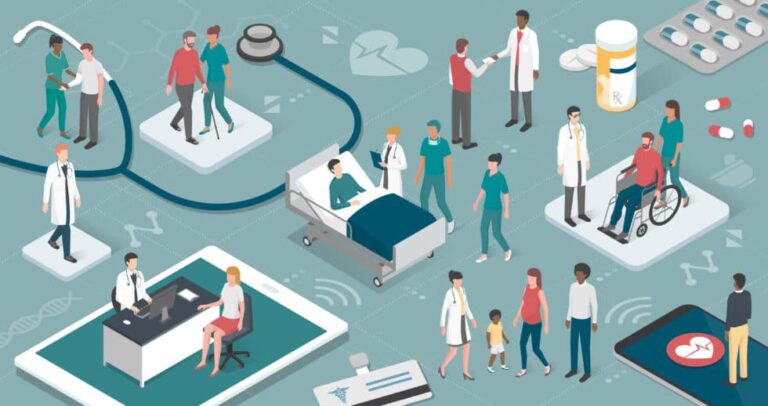In today’s data-driven world, data science plays a pivotal role in transforming vast amounts of visual information into valuable insights. Image recognition and classification, a subset of data science, have revolutionized numerous industries, including healthcare, retail, and manufacturing, by enabling automated interpretation of images and videos. In this blog post, we will explore the fascinating realm of image recognition and classification, and the transformative impact it has across various sectors when applied responsibly.
The Essence of Image Recognition and Classification
Before delving into the benefits, let’s understand the basics. Image recognition is the process of identifying objects, patterns, or features within an image or video stream. Image classification takes this a step further by categorizing these identified objects into predefined classes or labels. Together, they allow computers to “see” and understand the visual world.
Applications Across Diverse Industries
- Healthcare: In the medical field, image recognition aids in diagnosing diseases and conditions. Radiologists use it to detect anomalies in X-rays, MRIs, and CT scans. Pathologists benefit from image classification in identifying cancerous cells from histopathological images.
- Retail: E-commerce platforms use image recognition to enhance customer experiences. Product recommendation systems analyze images to suggest similar products to customers, while visual search allows users to find products using images instead of keywords.
- Agriculture: Farmers use drones equipped with cameras to monitor crop health. Image recognition helps identify pest infestations, nutrient deficiencies, and other issues, enabling timely interventions.
- Automotive: Self-driving cars rely heavily on image recognition to detect and identify objects on the road, such as pedestrians, other vehicles, traffic signs, and lane markings.
- Security: Surveillance systems employ image recognition to identify suspicious activities or individuals, enhancing security in public places and businesses.
- Manufacturing: quality checks at the end of the manufacturing process to ensure the part is not defective before shipping.
The Benefits of Data Analytics in Image Recognition and Classification
Automation: Perhaps the most significant benefit is automation. Computers can process thousands of images in a fraction of the time it would take humans. This not only saves time but also reduces the risk of human error and bias.
Improved Accuracy: With advanced machine learning models, image recognition and classification systems continually improve their accuracy. They can detect subtle patterns and anomalies that might be missed by the human eye.
Enhanced Decision-Making: In sectors like healthcare and agriculture, data science enables more informed decisions by providing a separate, unbiased opinion. Doctors can make quicker and more accurate diagnoses, while farmers can optimize crop management.
Cost Savings: Automation and accuracy lead to cost savings. Industries that rely on manual image analysis can reduce labor costs and improve resource allocation.
Scalability: Image recognition and classification algorithms can easily scale to handle large datasets and high volumes of images, making them suitable for enterprise-level applications.
Data analytics in image recognition and classification is transforming the way we interact with the visual world. It has far-reaching implications across numerous sectors, enhancing automation, accuracy, and decision-making. As technology continues to advance, we can expect even more innovative applications that harness the power of data analytics to extract insights from the images and videos that surround us, making our lives safer, more efficient, and more informed.








